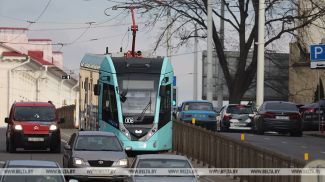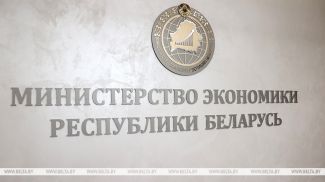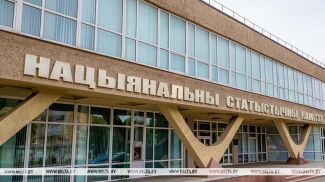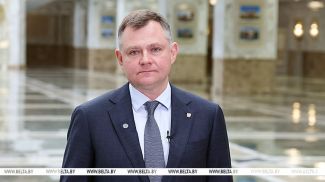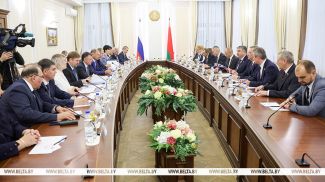MINSK, 18 October (BelTA) – The World Bank's investments in the Belarusian economy this year are projected to reach €270 million, the press service of the Belarusian Economy Ministry told BelTA after a Belarusian delegation led by Economy Minister Dmitry Krutoi met with World Bank Vice President for Europe and Central Asia Cyril Muller in Washington, USA.
Another project will be added to the current portfolio by the end of the year. It is designed to expand sustainable energy usage and will be co-financed together with the European Investment Bank, with the total volume of investments at €180 million. Thus, World Bank investments will amount to €270 million this year alone. The total volume of investments since 1992 when the World Bank started working in Belarus will exceed €1.8 billion.
The project designed to expand the usage of sustainable energy provides for investments in expanding the use of biomass for centralized heating and in heat modernization of buildings. It also provides for rendering technical aid for developing the relevant industry-specific policy.
The World Bank's current investment portfolio in Belarus includes eight projects worth about €760 million.
Credit agreements on two new projects have been signed this year. One of them provides for additional funding to the tune of €90 million for modernizing the education system. It envisages extensive repairs of 220 schools in all parts of Belarus and the organization of studies into learning achievements of students.
Another project is designed to make public utilities more effective. It provides for spending €90 million on modernizing 25 water supply and wastewater disposal facilities, on building two municipal waste disposal sites, and on fostering the reformation of the utilities industry while focusing on recycling all kinds of waste.
The places and facilities the projects cover are located in all parts of Belarus and are of social importance for concrete districts and populated localities. They tie well with the government's efforts to reduce interregional differences in living standards.




